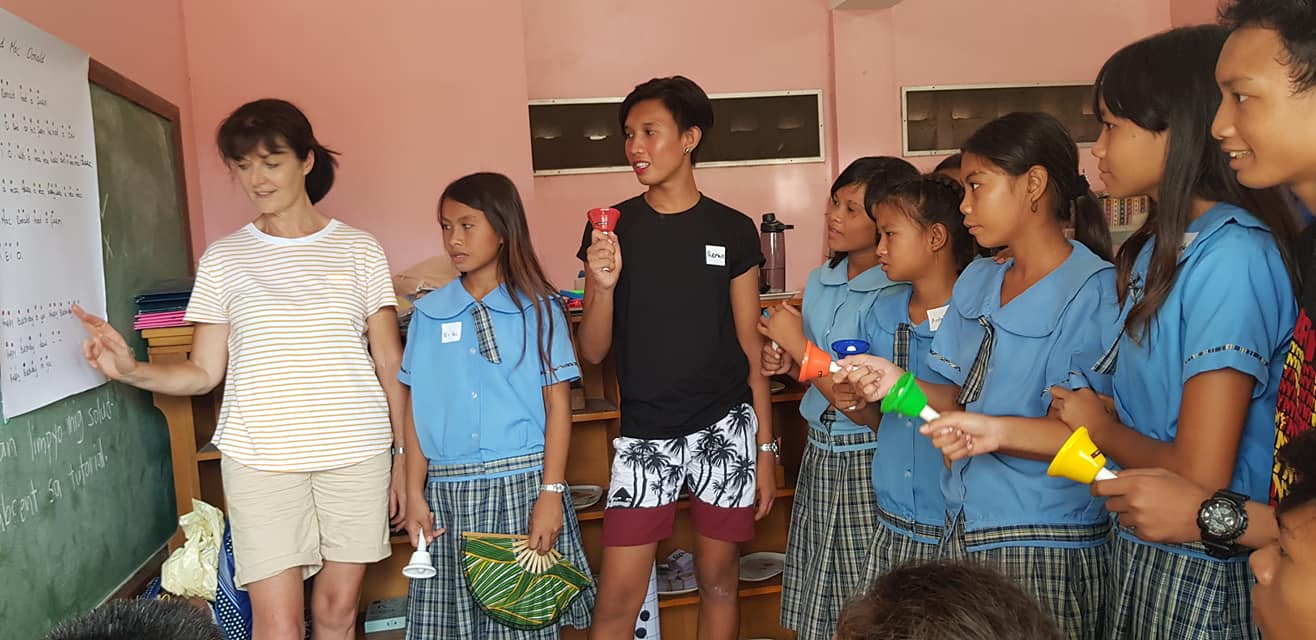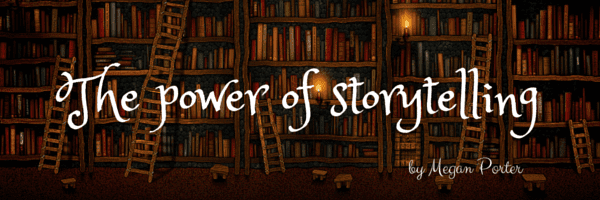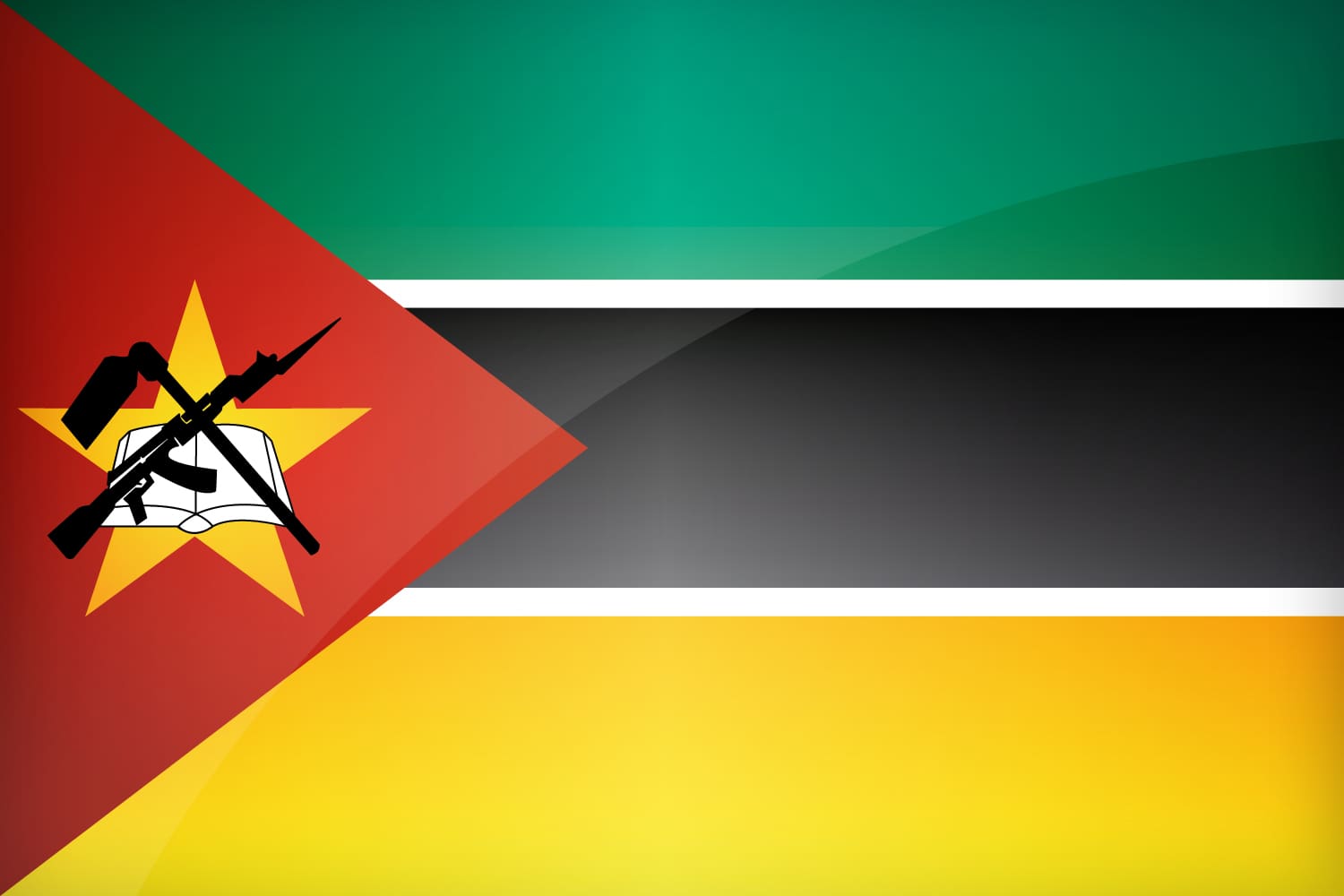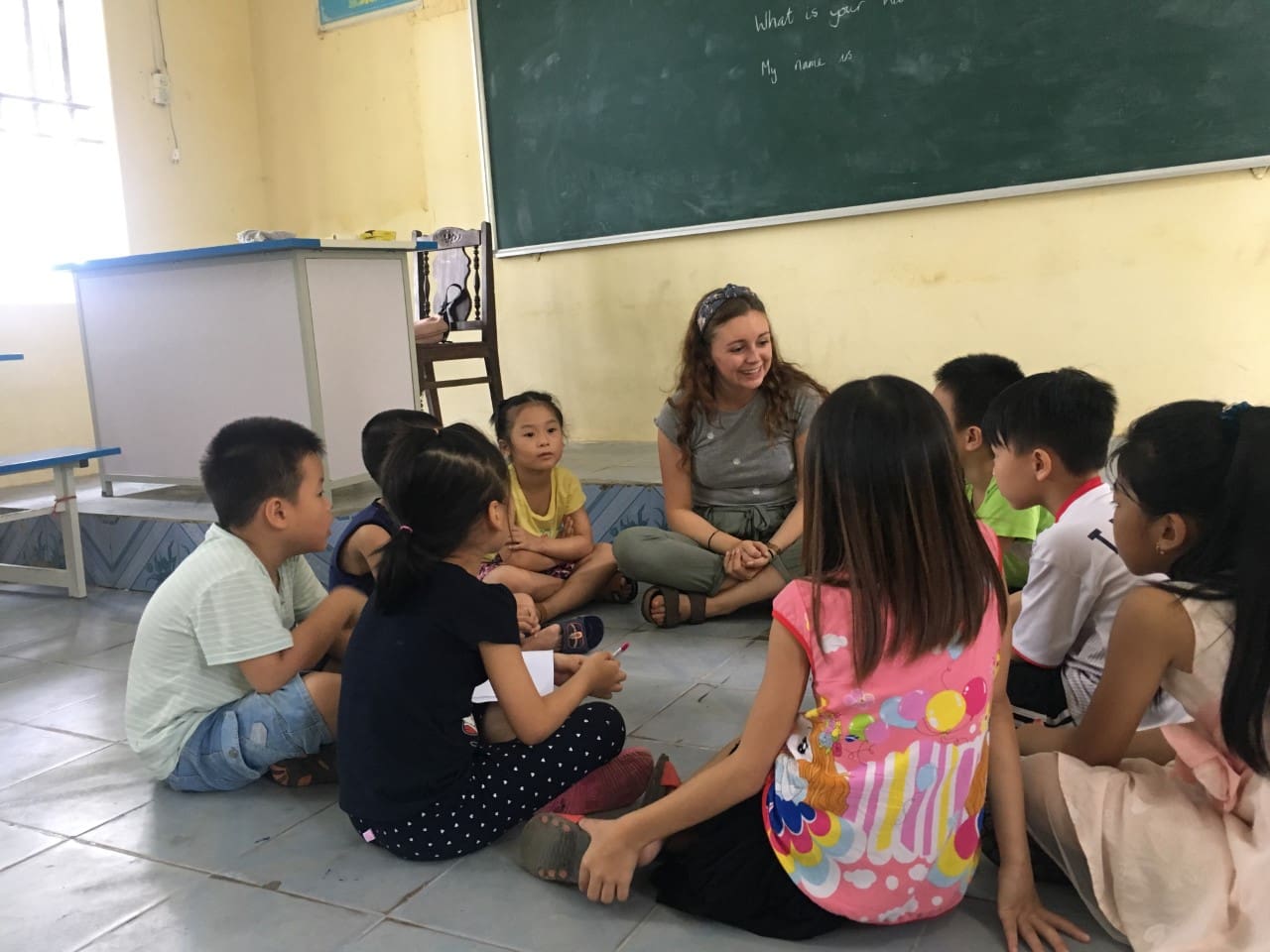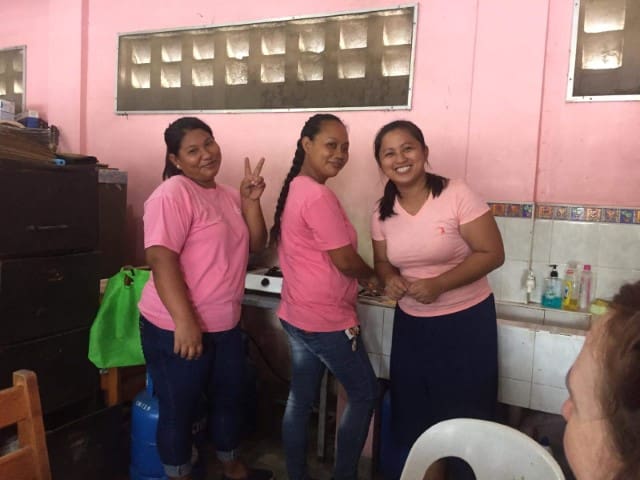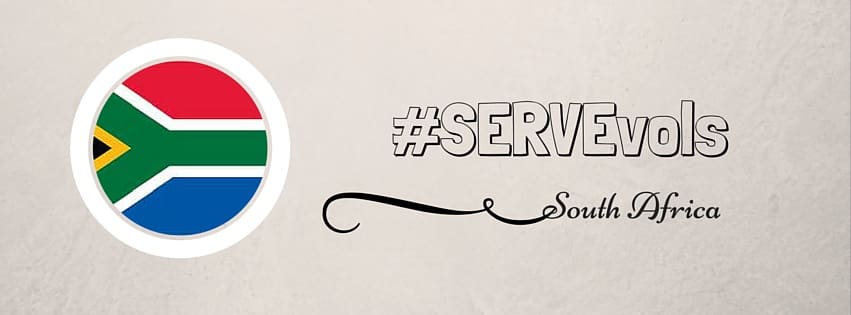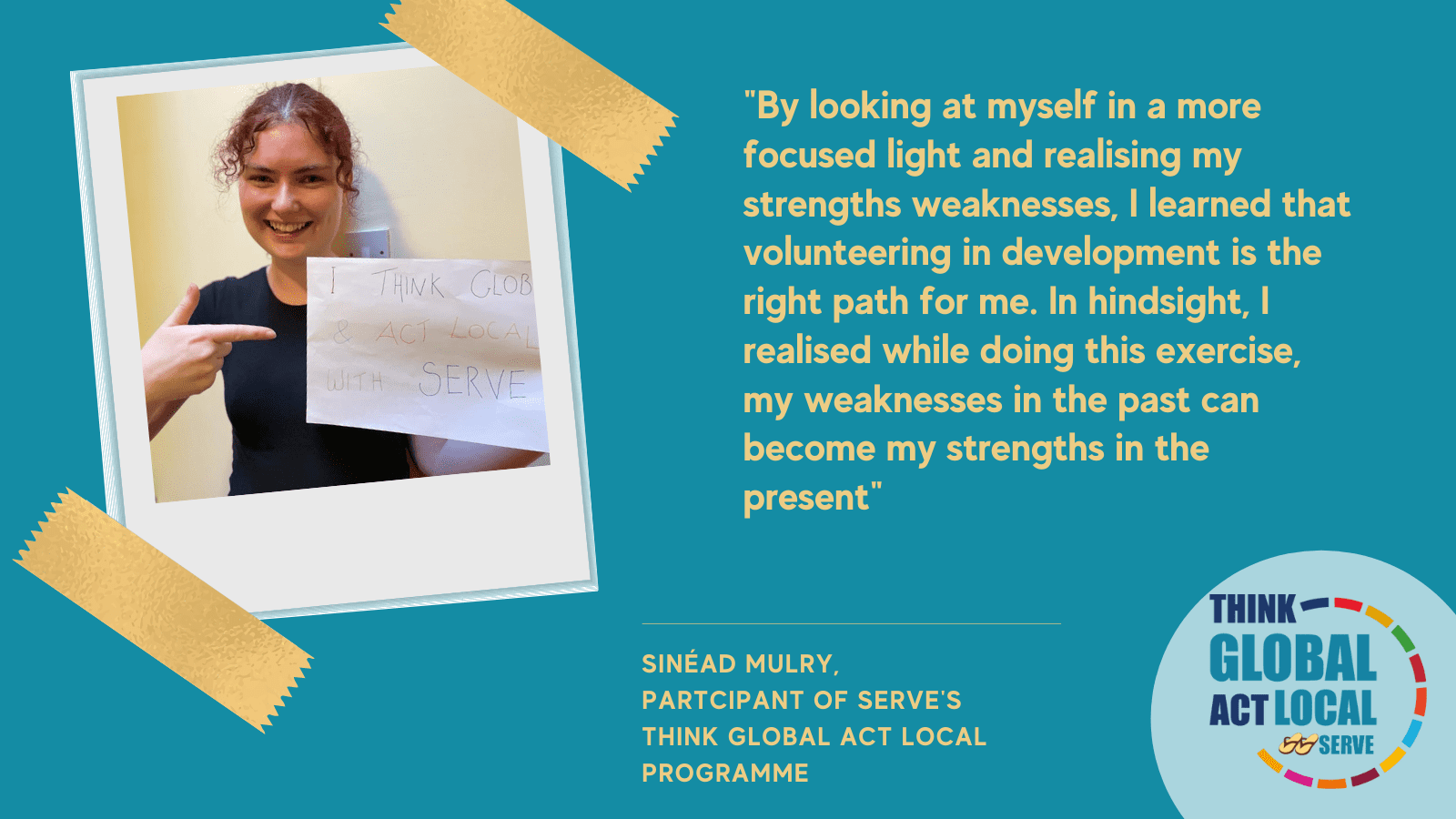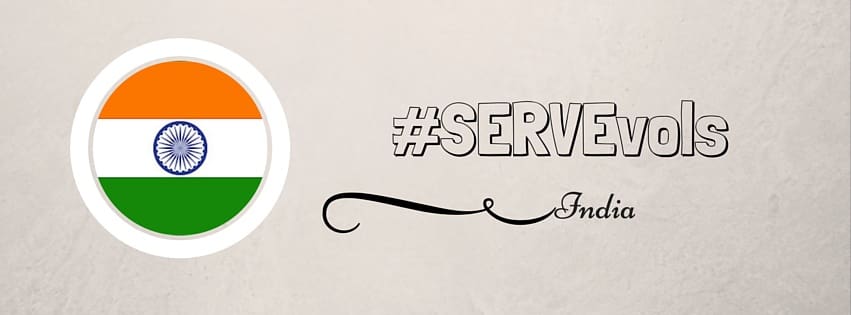Music and Nursery Rhymes with the Badjao Tribe
By Maria O’Brien
I chose to volunteer with SERVE after recommendations from colleagues who had previously worked with the Badjao tribe and had a very positive experience. They are both music teachers like myself so I felt I may have some skills I could contribute, having worked as an educator in music for over 30 years.
My first introduction to the music abilities of the Badjao people was on our first day in the school when they presented a number of renditions of song and dance in their welcoming ceremony. It began with the younger children, 3-5 year olds, and worked up through the ages to the seniors of up to 21 years old.
To sum up my impression of this occasion I have to say it was one of the most joyful events I have attended. They demonstrated a love for movement with exceptional rhythm skills and their joy was infectious. All of the songs, besides their national anthem, were sung in English so this was something I stored away to question later. Each presentation was supported by the audience of students with gusto and encouragement and the feeling of the community coming together in music and dance was at times overwhelming. So you can just imagine how excited I was to see what I would be working with and the opportunity it would give me to share my own love of music and maybe contribute in some small way to this wonderful group of people who were so welcoming and happy to see us arrive in their community.
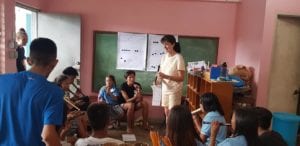 The school day begins with kindergarten classes at 9 am existing of three levels ranging from ages three to five. Each class commences with the children sitting in a circle on the floor singing nursery rhymes and action songs accompanied by recorded music through a speaker. Once again these were all in the English language. In general the students participated, particularly in the action songs, but most of them were lost when it came to singing the words. Before the students leave for the day they once again gather round and sing their farewell songs.
The school day begins with kindergarten classes at 9 am existing of three levels ranging from ages three to five. Each class commences with the children sitting in a circle on the floor singing nursery rhymes and action songs accompanied by recorded music through a speaker. Once again these were all in the English language. In general the students participated, particularly in the action songs, but most of them were lost when it came to singing the words. Before the students leave for the day they once again gather round and sing their farewell songs.
My involvement with the classes began with the introduction of percussion instruments and some rhythm games using colored shakers progressing on to include these into some of their familiar repertoire. Straight away I could see the students talent for rhythm and their joy was evident from the start. In cooperation with the teachers we started to use the rhythm to introduce the primary colors in both English and their own Badjao dialect and moved on to identifying the different parts of the body. Within a couple of days we noticed that we now had full pupil participation creating a dynamic energy in the classroom and even the more reserved students were involved.
At the end of the first week we had a teacher review to discuss how we felt about the progress. We were all in agreement that the classes were a success. But the big question I had was why they only sang songs in English and it was during this discussion that I learned that in fact the Badjao do not have children’s songs in their own language and there are little or no stories, nursery rhymes or verse for the young Badjao. I was quite surprised to learn this considering how much they love to sing. I discovered they use a type of chanting for telling stories and fables but these are not aimed at the young. I began to wonder was the reluctance of the children to sing not just because of the language but also that they are not being sung to at an early age.
So once again in cooperation with the teachers I began to compose nursery rhymes and children’s educational songs in the Badjao dialect. Straight away the students and teachers picked them up and the reaction from the community was notable. The parents, grandparents and then the older children initially found it very amusing to hear me sing in Badjao but the most remarkable statement was how proud it made them feel to have children’s songs in their own language. Once again the students involvement in the class increased with a greater understanding of the concept of the lesson being taught and they began to sing tunefully and with more confidence.
It’s during our afternoon activities that we get to work with the older students who come in after school at three o’clock doing workshops in music, art and dance. A small number of these students are quite skilled at playing instruments like guitar, ukulele and percussion and were excited to learn about the new songs being created. I must mention here that I am pretty sure that these musicians are a result of the previous SERVE volunteers who have done wonderful work inspiring and encouraging those interested. Needless to say the students instantly agreed to donating their time and skills to help record the tunes to be used in the classroom. We spent a very productive Saturday morning together working on the arrangements, rhythms, chords and even adding extra verses when needed. Their participation and dedication was quite remarkable from a group of 16/18 year old students on their morning off. Some of them have younger siblings who will profit from these recordings but the main impression I perceived was that they wanted to be involved for the benefit of the entire Badjao community.
We plan to continue creating a number of songs and recordings and hopefully we will compile them into a booklet for use in the future.
Once again I am overwhelmed at these amazing people who live simple lives and have a wealth of love and kinship for each other. It’s quite remarkable to witness this first hand but more importantly for me to have the opportunity to experience the feeling of working together as a community with this unique indigenous tribe.

